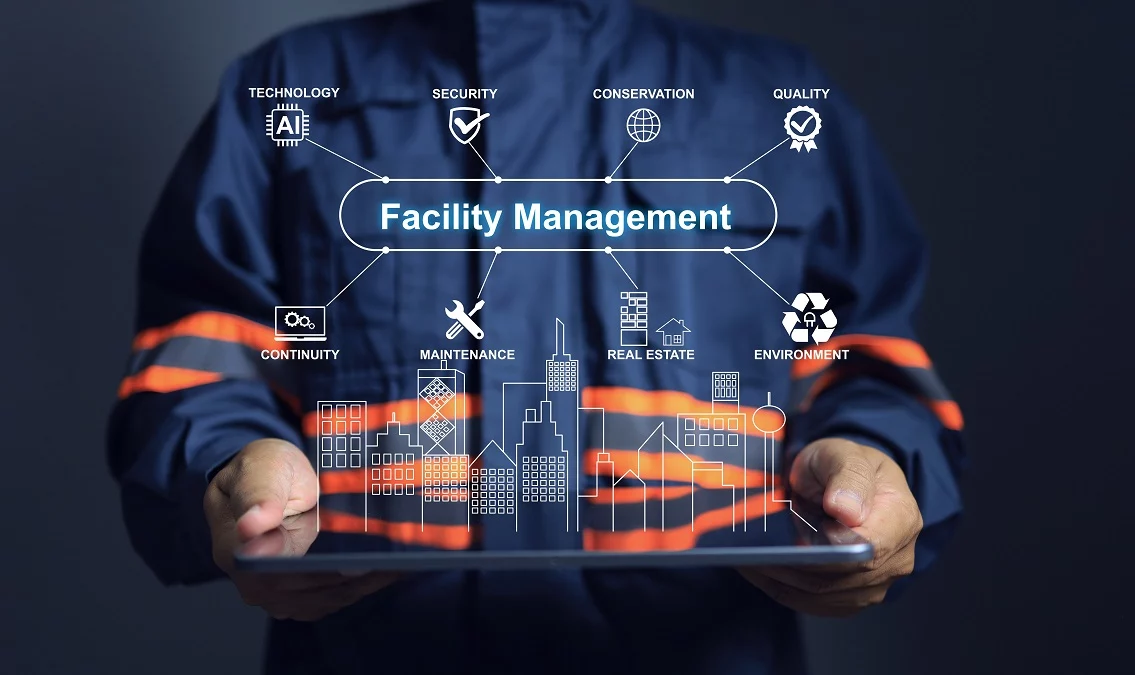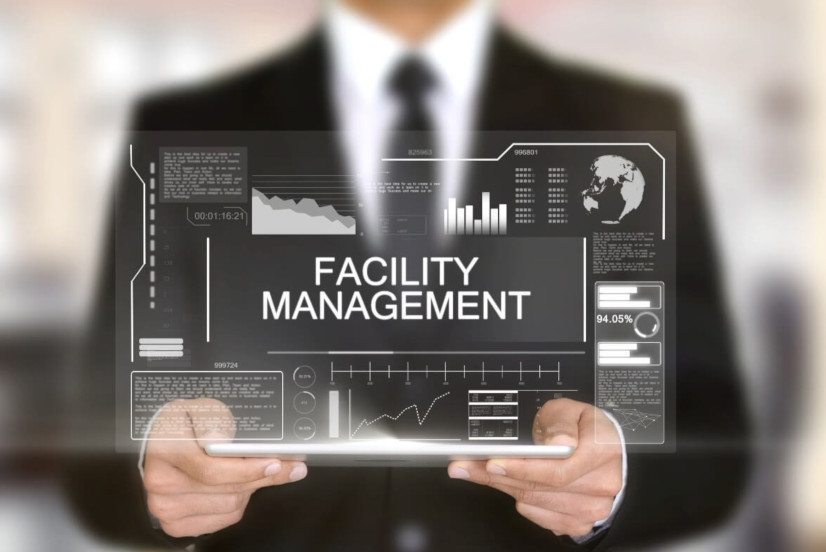Ideal Practices in Facility Management for Modern Businesses
Ideal Practices in Facility Management for Modern Businesses
Blog Article
Optimize Performance and Security: Ideal Practices in Facility Monitoring
In today's quickly evolving landscape, making best use of performance and safety in center management has come to be an important focus for companies making every effort to enhance functional efficiency. By integrating wise modern technology, prioritizing upkeep protocols, and promoting a society of safety, facility supervisors can significantly enhance both performance and compliance. Nevertheless, the obstacle lies in successfully applying these practices while browsing the intricacies of modern work environments. What certain approaches can be used to ensure that these initiatives not just exist side-by-side yet also reinforce one another in a sustainable manner?
Embrace Smart Innovation
In today's rapidly evolving landscape of center management, the integration of smart modern technology has actually ended up being a critical aspect of functional performance and sustainability. Embracing advanced technologies such as the Net of Things (IoT), synthetic knowledge (AI), and information analytics can dramatically improve facility monitoring methods. These technologies promote real-time monitoring and control of building systems, making it possible for managers to optimize power usage, lower functional costs, and boost general security.
Implementing clever sensors and automation systems permits accurate monitoring of environmental conditions, tenancy levels, and tools performance. This data-driven strategy not only educates decision-making however likewise sustains predictive upkeep, minimizing downtime and expanding asset life. Clever technology improves customer experience by creating adaptive settings that react to the needs of passengers.
Incorporating smart platforms additionally promotes sustainability initiatives, such as energy-efficient lights and a/c systems, adding to reduced carbon footprints. By welcoming these innovations, facility managers can make certain that their operations remain competitive, durable, and straightened with modern sustainability goals. Eventually, the shift in the direction of wise modern technology stands for a transformative action in redefining facility management for a much more reliable and sustainable future.
Prioritize Regular Maintenance

Establishing a regular maintenance timetable is vital. This should consist of regular examinations, maintenance, and required repairs for all devices, HVAC systems, pipes, and electrical systems. Using a computerized upkeep management system (CMMS) can enhance this process, offering monitoring and alerts for upcoming upkeep jobs.
Furthermore, cultivating a culture of liability amongst staff improves the performance of maintenance initiatives. Training employees to recognize and report upkeep issues can cause aggressive management instead of responsive reactions. Furthermore, recording upkeep activities guarantees conformity with safety and security regulations and supplies beneficial understandings for future planning.
Implement Safety Training Programs
A detailed safety and security training program is essential for fostering a safe workplace in any facility - Facility Management. Such programs gear up workers with the understanding and abilities needed to determine risks, carry out security procedures, and react properly in emergency situations. By prioritizing security training, companies can substantially minimize the danger of crashes and injuries, consequently enhancing overall productivity
To execute an effective safety training program, it is essential to tailor the web content to the details demands of the center and its procedures. This consists of carrying out an extensive danger assessment to identify possible threats special to the work environment. Training ought to encompass a selection of subjects such as proper equipment use, emergency emptying procedures, and initial help methods.
Moreover, it is vital to engage employees proactively throughout training sessions. Utilizing real-life scenarios and hands-on go to my blog demos can boost understanding and retention of security practices. Normal refresher training courses must also be set up to keep safety recognition at the dig this forefront.
Optimize Room Usage
Effective area utilization is a critical element of center management that straight impacts functional efficiency and cost-effectiveness. Organizations typically deal with underutilized or jammed spaces, causing inefficiencies and boosted expenses. To enhance room utilization, center supervisors ought to perform regular evaluations to recognize how areas are currently being utilized and where renovations can be made.
Implementing versatile work space designs, such as open office designs or modular furnishings, can considerably boost flexibility to changing requirements. Furthermore, leveraging modern technology, such as space management software application, can give important insights into tenancy patterns and aid recognize underused locations.
Another finest practice is to develop clear zoning within the facility, making certain that different features are practically set up to minimize interruption and optimize productivity. Motivating a society of partnership can lead to far better space-sharing practices among groups, thereby improving total efficiency.
Establish Clear Communication Networks
Optimizing area application frequently exposes click here for more the demand for robust communication approaches within a facility. Clear communication networks are crucial for promoting reliable cooperation among personnel, upkeep groups, and management. By establishing these channels, facility managers can ensure that information streams effortlessly pertaining to room usage, operational changes, and safety procedures.
Carrying out a multi-faceted interaction strategy-- incorporating electronic systems, such as e-mails and group collaboration tools, with face-to-face interactions-- can substantially improve interaction and info dissemination. Routine conferences should be scheduled to discuss ongoing projects, address concerns, and share updates. In addition, developing a central details center, such as an intranet, allows staff members to accessibility vital records and statements quickly.
Furthermore, comments systems are vital to assess the efficiency of communication strategies. Urging team to share their insights can cause enhancements and foster a culture of visibility. Training programs concentrated on interaction skills can even more empower employees to share info clearly and properly.
Eventually, establishing clear interaction channels not just makes the most of efficiency yet likewise boosts security by ensuring that every person is informed and aligned with the facility's functional goals. (Facility Management)

Conclusion
In verdict, the integration of clever modern technology, normal upkeep, extensive security training, optimized space utilization, and reliable interaction channels collectively boosts performance and safety in center administration. These finest techniques offer as essential parts for reliable facility monitoring.
In today's rapidly progressing landscape, taking full advantage of efficiency and safety in center management has actually come to be an important focus for companies aiming to enhance functional performance. By incorporating smart technology, focusing on maintenance protocols, and promoting a culture of safety and security, facility supervisors can substantially enhance both efficiency and compliance.To apply an efficient safety and security training program, it is vital to tailor the material to the specific needs of the center and its operations. By developing these channels, facility supervisors can ensure that info flows effortlessly pertaining to area use, operational modifications, and safety and security protocols.

Report this page